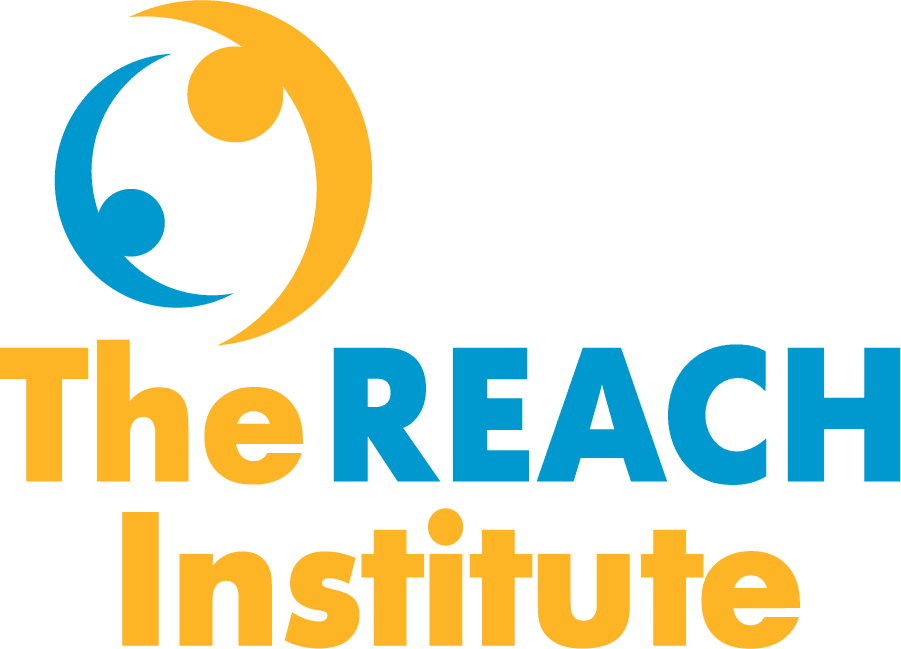New coding guidelines for 2021
- January 12, 2021
- The REACH Institute
- Child mental health Coding,

2021 brings big changes to coding for mental health visits in pediatric primary care! The new coding guidelines issued by the Centers for Medicare and Medicaid Services (CMS) reduce the documentation burden and increase the levels of payment (work relative value units or wRVUs).
In other words, these changes should make it easier for you to be compensated fairly for your services!
If you haven’t already, watch The REACH Institute webinar Ambulatory Coding Guidelines for 2021. In it, Eugene Hershorin, MD, outlines the changes and answers questions from the live audience.
Dr. Hershorin is the coding expert on the REACH faculty. A professor of clinical pediatrics and the director of developmental and behavioral pediatrics at the University of Miami Miller School of Medicine, he serves on the Pediatric Advocacy Advisory Committee of the American Academy of Pediatrics.
Overview of Changes
Dr. Hershorin outlines the following changes to the coding guidelines:
- Code 99201, level 1 care for a new patient, no longer exists. Level 1 is nursing care, which is not appropriate for a new patient.
- wRVUs for most codes have increased. For example, the wRVU for code 99214, level 4 care for an existing patient, has gone up from 1.50 to 1.92.
- Clinicians can choose to document either their medical decision-making or their total time spent. History and physical exam are no longer elements in code selection.
- The prolonged services code is figured in shorter increments of 15 minutes.
Guidelines for both medical decision-making (MDM) and total time have changed in ways that will benefit most clinicians.
Coding by Medical Decision-Making
For medical decision-making, the three criteria remain the same: number and complexity of problems, amount and complexity of data to be reviewed, and risk. However, the definitions have been adjusted to more accurately reflect clinical realities. You’ll need to watch the webinar for details, but here are some examples:
- Dr. Hershorin points out that nearly all mental health visits will be level 3 (99203, 99213) or above. Level 3 is where you would code, for example, a patient whose ADHD is well controlled and is in just to renew a prescription.
- The category “independent historian” has been added as a data source. Patient caregivers are “independent historians.” So if you talk to Mom about a patient, even without reviewing test results or reading another clinician’s notes, you’re already at level 3.
- Social determinants of health have been added to risk factors. For example, children whose homelessness affects their health are at risk level 4 even without any other risks.
Dr. Hershorin emphasizes, “The only documentation [insurers are] going to look at is your MDM. All you need is what you were going to put in the chart anyway to guide future care and cover legal and medical requirements.”
Coding by Time
The guidelines for coding by time have also changed, generally in clinicians’ favor. The big change is that all time you spend on the patient on the day of the visit counts. If you review the chart in the morning, see the patient in the afternoon, call the patient’s therapist later that day, and then do your charting that evening, all that time counts.
What does not count is any time you spend on a different day. Also, you can’t charge for staff time. Dr. Hershorin gave the example of having a nurse stay with a patient you’re worried about while you call the child’s therapist. You can’t bill for the nurse’s time.
The time ranges for each code are now longer, for example, 30-39 minutes for code 99214. But remember, you can now include all the time you spend on the patient whether or not you are with the patient at the time.
A final change has to do with the prolonged services code. The code itself has changed, to 99417. Also, you can use it only when coding by total time and only with codes 99205 and 99215. The duration of a 99417 code is 15 minutes beyond the maximum 74 minutes for 99205 or the maximum 54 minutes for 99215.
Learn More
This short article has given only a high-level overview. To get into the details that will make your practice more effective and successful, please check out our webinar Ambulatory Coding Guidelines for 2021. Dr. Hershorin’s presentation and his answers to participant questions are more than worth your 45-minute investment.
RESOURCES
Up to 75% of young people with emotional and behavioral problems are not identified and do not receive appropriate care. To address this crisis, The REACH Institute has published The Action Signs Toolkit to help caregivers, educators, and health professionals identify children who are at risk.
As a REACH alum, you have a good handle on the signs of the most concerning mental health issues. Do your colleagues? Your patients’ caregivers? The staff at their schools? Besides using this toolkit to hone your own diagnostic skills, you can share it in your community. It features:
- A quick reference guide to the action signs
- Descriptions of each of 11 action signs, written in lay language
- Tips for caregivers and for educators
- Resources for more information, again geared to caregivers and educators
Categories
- ADHD
- Anti-racism
- Anxiety
- Assessment & screening
- Autism
- Child mental health
- Coding
- Cognitive behavioral therapy
- College transition
- Culturally responsive
- Depression
- Eating disorders
- Foster care
- Grief
- High-risk children & youth
- LGBTQIA
- Medication
- Parents
- Patient communication
- Pediatric primary care
- School refusal
- Sleep disorders
- Suicide
- Trauma
- Show All Categories
Register for courses
““It is great to be a part of a continuing medical education course with others within the same department. Change is always hard, but easier with teamwork.”
